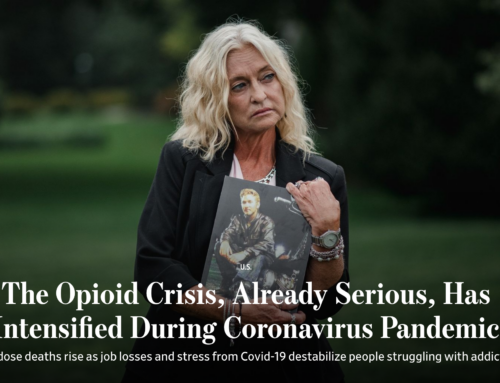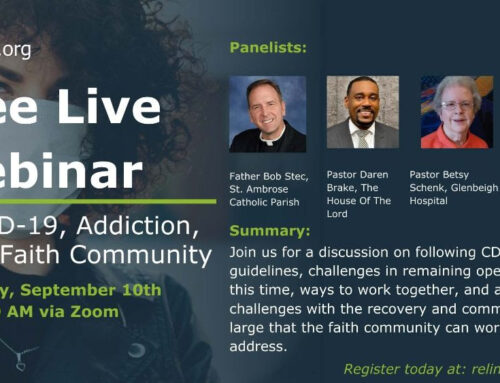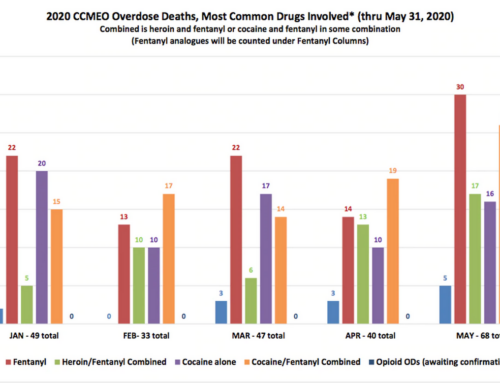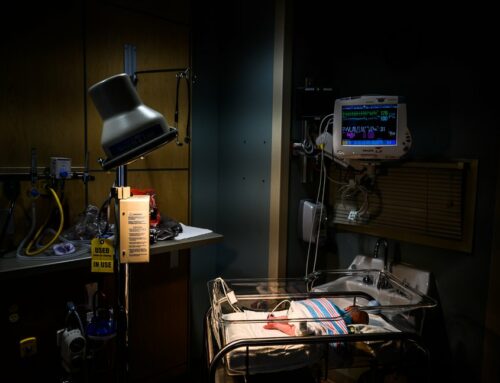I recently attended a symposium examining how medical schools can prepare future doctors to deal with the continuing opioid crisis. I joined over 90 educators from 30 medical schools at the Warren Alpert Medical School of Brown University to discuss devising a curriculum based on a successful model that Brown has created.
The curriculum on opioids is designed to accomplish two objectives:
Find out how PlanetM’s connections can become your connections.
If you’re a tech or mobility startup, we want to introduce you to dozens of auto companies with headquarters in Michigan.
First, teaching medical students how to identify and properly treat pain. In the past, medical students have been notoriously undereducated when it comes to pain and pain management. They have over-prescribed opioids because of pressure from drug companies and patients. Now newly minted doctors will manage multidisciplinary teams to properly manage pain without opioids whenever possible.
Second, training medical students to qualify for waivers so that when they graduate they can prescribe treatments including buprenorphine to manage opioid use disorders. Buprenorphine is an opioid medication that produces less euphoria and physical dependence than other opioids and is used to treat opioid addiction.
At the groundbreaking symposium at Brown I joined former U.S. Surgeon General Dr. Vivek Murthy on stage to interview him and discuss key issues involving opioid addiction. Over lunch before the session, Murthy – who was surgeon general from December 2014 until April 2017 – and I discovered we have some things in common.
Both of us are internists and are married to doctors who serve as medical mentors. And both of us believe firmly that the primary responsibility for causing the opioid problem lies in the hands of over-prescribers.
“We are the ones who hold the prescribing pen,” I told Murthy. I told him that my wife, a neurophysiologist and back pain specialist, almost never prescribes opioids. Instead, she prescribes muscle relaxants, non-steroidal patches, heat and physical therapy for most back pain.
Doctors, beginning with medical students, must play an essential role in understanding and treating not just pain, but the addiction that arises from a community culture of drug abuse.
Murthy agreed with this approach. And I agreed with his view that opioids alone aren’t the problem, but are instead part of a cascade of widely used addictive substances. In addition to opioids (both prescribed and illicit), these substances include anti-anxiety medication, sleeping pills and alcohol.
In 2016 Murthy issued a report titled “Facing Addiction in America: The Surgeon General’s Report on Alcohol, Drugs, and Health.” The report launched a community-based program to address the addiction epidemic in the U.S.
During my hour-long interview and discussion with Murthy attended by those at the symposium we talked about the need to better regulate and restrict opioid prescriptions with a federal monitoring program, along with the huge need for proper doctor education.
Proper pain identification and management, along with medically assisted therapy (including buprenorphine) has been shown to dramatically decrease the urge to use opioids.
In contrast, locking up addicts in jail and prisons instead of providing the treatment they desperately need is the wrong way to deal with the addiction epidemic, Murthy said. I wholeheartedly agree.
Everyone in the audience knew that Murthy and I come from opposite sides of the political aisle, with fundamental differences in terms of how we approach health policy. And yet, here we were, in a give-and-take discussion filled with agreement and common ground, with the ultimate shared goal of improving treatments for addicts to help them lead healthy and productive lives.
Murthy discussed the three main addiction centers of the brain, along with progress in research to create less addictive pain treatments.
U.S. Food and Drug Commissioner Dr. Scott Gottlieb told me in a recent interview for Fox News that new effective and less-addictive pain treatments are in the offing.
We can learn lessons about solving the opioid crisis in the world of public health.
Vaccines – the greatest public health advance of the 20th century – are most effective when everyone takes them, creating a herd immunity that protects society. Addiction should be viewed the same way.
There is a high recurrence rate for opioid addiction even after the most effective rehab program. Murthy talked about an addict’s essential loneliness, and about the need for the entire community to come together to help addicts overcome the stigma and embarrassment of their predicament.
The former surgeon general applauded the efforts that have been made by his successor – Surgeon General Dr. Jerome Adams – and others to provide much wider access to naloxone – a life-saving drug that rapidly reverses an opioid overdose by blocking the effects of other opioids. Naloxone can quickly restore normal breathing to someone whose breathing has slowed or stopped as the result of an opioid overdose.
Doctors, nurses, law enforcement officers, families and friends of addicts must all have access to naloxone and learn how to administer the drug. It is available as a prepackaged nasal spray and in a prefilled auto-injection device that make it easy to administer.
Murthy believes – as I do – that funding for wider distribution of naloxone at a low cost must be preserved and extended at the federal, state and local level.
And of vital importance, we must improve our understanding what works best to help addicts get off and stay off the substances they are addicted to.
We need to help addicts relearn a sense of their own usefulness and understand that addiction is more than a disease – it’s a form of emotional and physical paralysis.
Doctors, beginning with medical students, must play an essential role in understanding and treating not just pain, but the addiction that arises from a community culture of drug abuse. According to the National Survey on Drug Use and Health, an astounding 75 percent of opioid misuse begins with people taking medications that were intended for others. And close to 80 percent of heroin addicts begin with prescription painkillers.
The most effective place to address the opioid epidemic is not in the halls of Congress but in the doctor’s office. Doctors helped to cause this problem, and now we must help to cure it.






